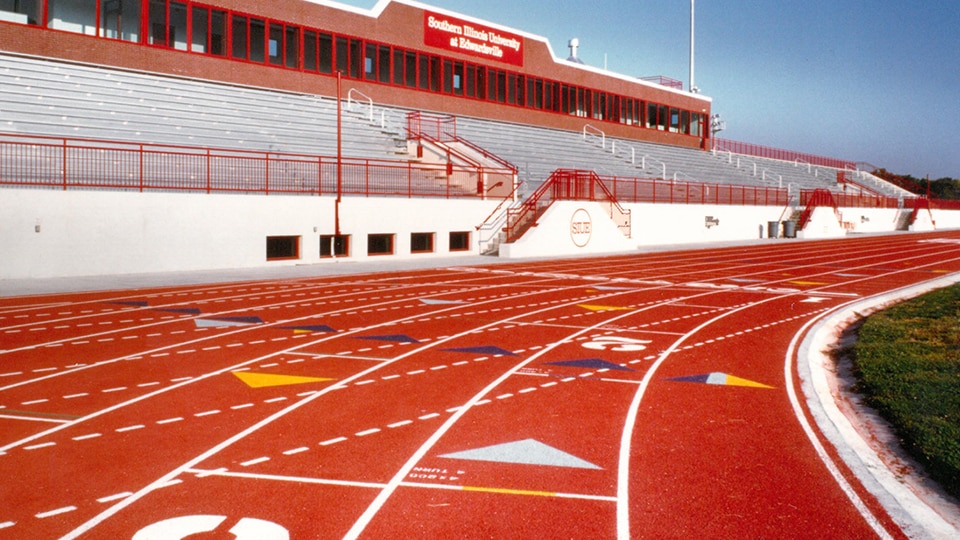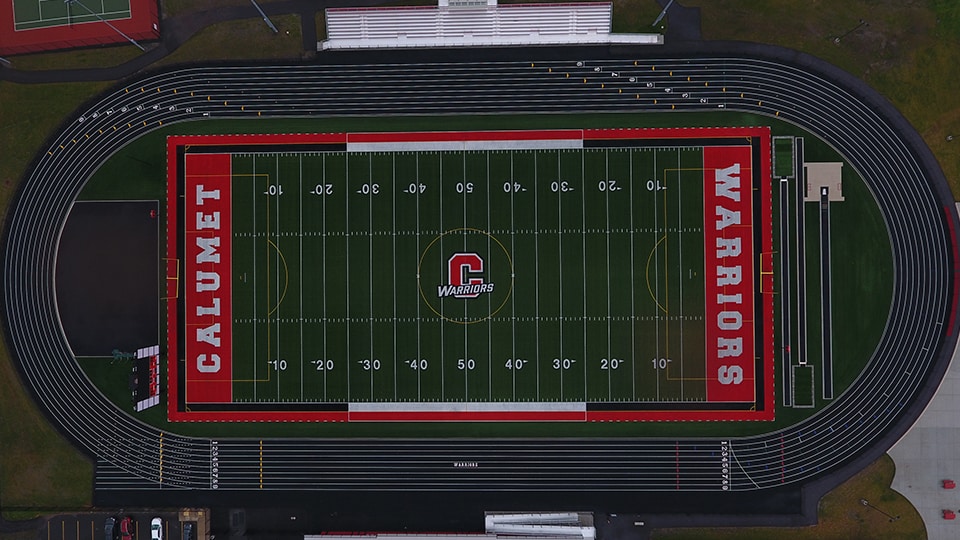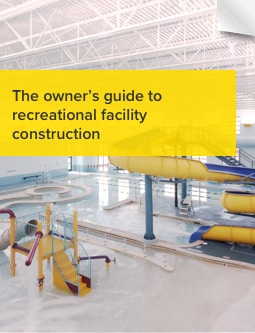Stadiums, sports complexes and rec centers are fun to dream up and design as focal points in a community that folks will flock to. But they’re also structures with a purpose. Owners should be as diligent in the design phase of these facilities as they are for an office or distribution center.
There’s a lot to think about in terms of site, design, materials and methods before ground is ever broken. If you want a stadium, sports complex or rec center to be successful, follow the tips below.
1. Choose the right site for stadium construction
Property is more than just a parcel on the map. It’s a real place with real characteristics, some of which are great and some of which can be awful.
For example, Wrigley Field, home of the Chicago Cubs, sits on a square block in a cramped residential neighborhood on the city’s north side. Horrendous game day traffic and a lack of parking have frustrated fans for generations.
Built in San Francisco in 1958, Candlestick Park was home to baseball’s Giants and the NFL’s 49ers for decades. But it was built on a windy stretch of San Francisco Bay known for brutal weather that made players and fans miserable.
Getting a stadium construction project off to the right start means finding a site with ample infrastructure networks in a location that won’t diminish user experience.

2. Design to adapt
Especially with modern rec centers, adaptability and diversity are crucial. These venues often have something for everyone —weights, cardio equipment, running tracks, spin rooms, Zumba rooms, rock climbing walls, gymnasiums, pools and more.
Owners should plan to accommodate their patrons’ current tastes while designing for future adaptability. Owners who paint themselves into a corner by designing facilities with limited, fixed offerings will see attendance drop off —and revenues diminish— as tastes shift toward activities they cannot provide.
Adaptable, multi-use complexes are popular on both sides of the equation: Users have an array of activities and amenities to choose from while site owners maintain the flexibility needed to adapt to changing tastes and keep people coming back.
3. Think critically about asset placement
Owners need to consider the design and layout of a sports venue or rec center in terms of what amenities it will include.
The Korte Company’s design of the Korte Recreation Center in Highland, IL is a good example. The facility’s pool area and gymnasium are on opposite sides of the building to avoid the risk that the gym’s wooden floor would be ruined if the pool’s pipes burst. The pool area also has its own HVAC system separate from the rest of the building. That keeps its increased humidity contained to itself rather than spreading it to other areas where assets or fixtures are prone to corrosion.

4. Build smart, build green
Sports facility, rec center and stadium construction jobs offer owners the opportunity to use smart construction methods. Structural considerations include choosing Tilt-Up construction, a method The Korte Company developed that trims project timelines and boosts work site efficiency.
Owners can also incorporate green building principles which include using recycled materials and energy-efficient windows, HVAC and water infrastructure. Enhance sustainability by installing high-efficiency LED lights with motion sensors that activate lights only if an area is being used.
These techniques serve dual purposes of minimizing environmental impact while cutting down on operations costs. Those savings can then be passed along to patrons, adding even more value to a new venue.
5. Consider outside partnerships
A sure way to see that stadiums, rec centers and sports complexes remain bustling is to build partnerships with groups and organizations with potential needs that such a facility can meet. Partnership opportunities include:
- Providing practice or game space for local community and school athletic programs.
- Renting space and equipment to healthcare providers who offer therapy and rehabilitation services.
- Providing meeting space for community programs.
Leadership at Calumet New Tech High School in Gary, IN had local partnerships in mind when they overhauled their sports complex. In addition to the work we did to improve playing fields and fan seating areas, we also built a community building.
These partnerships enhance the dynamics of a facility, create potential added revenue streams and build valuable community relationships.

6. If you build it, who will come?
The construction of stadiums, rec centers or other similar venues plays a key role in the health of local economies. This is where site selection, amenities and partnerships all come together to spur additional development.
Owners should be intentional about what they plan to build and where, accounting for the additional opportunities a stadium construction or other similar project might spark.
For example, rec centers like the one we built in Highland, IL are often followed by housing and retail developments that spring up nearby. Facilities like these are people magnets, something business owners can’t help but try to capitalize on.
Focus on the big picture
Whether you have a rec center, sports complex or stadium construction project in mind, it’s important to think diligently both inside and outside the project footprint. Be logical and intelligent in interior design. Build smart with green materials and methods. And always think about the partnerships you can build and the growth you can spur as a result of your project.
If you want to talk through your ideas, contact us. We want to craft the Design-Build solution that’s right for you. To learn how to meet business goals and maximize ROI through strategic architectural design, download the guide below.
